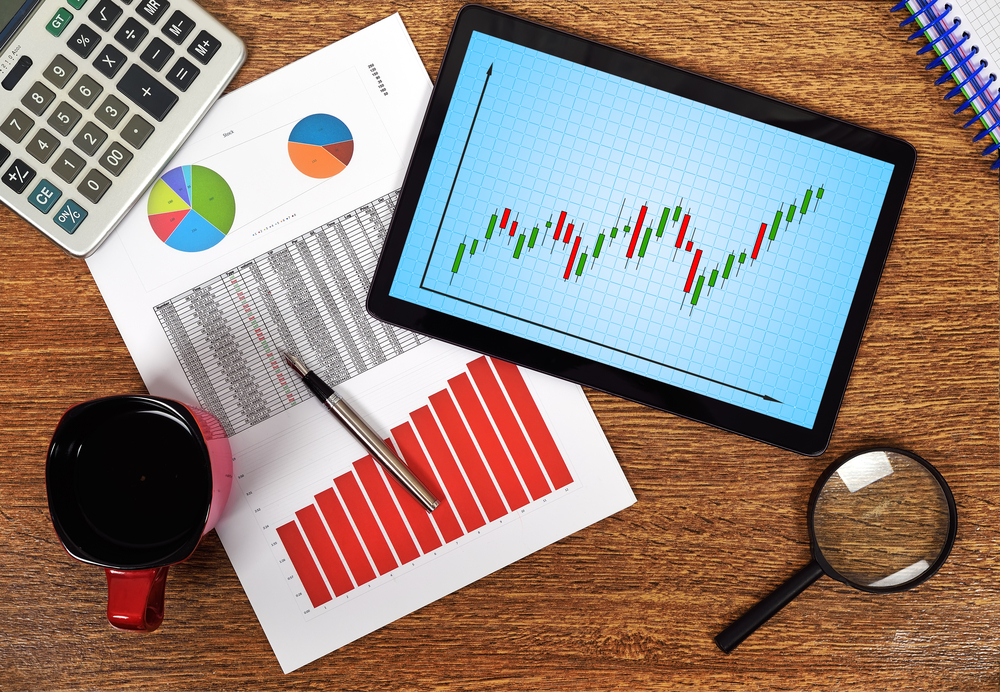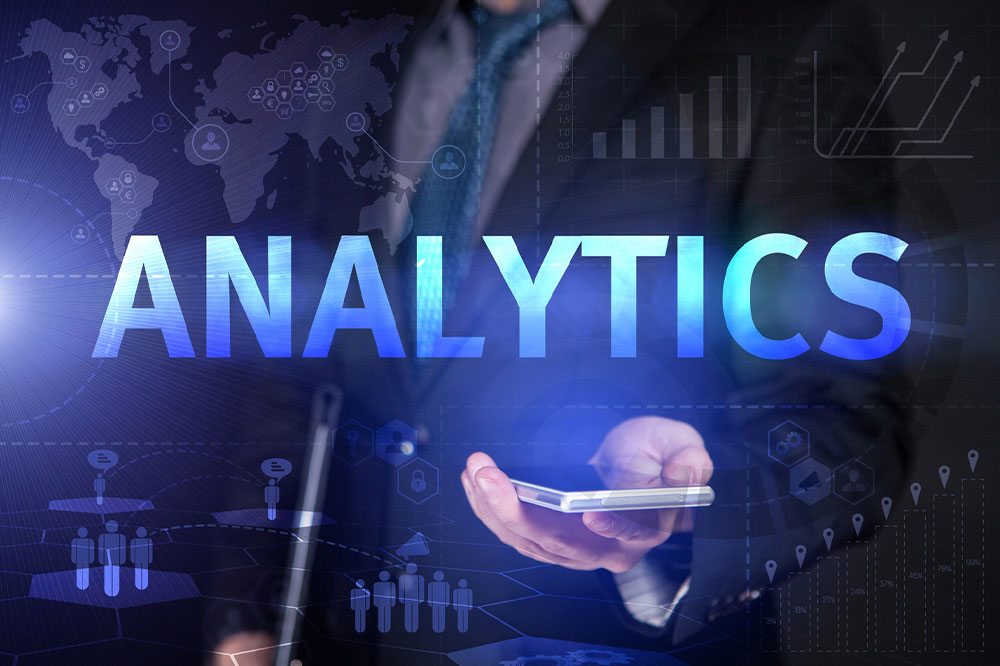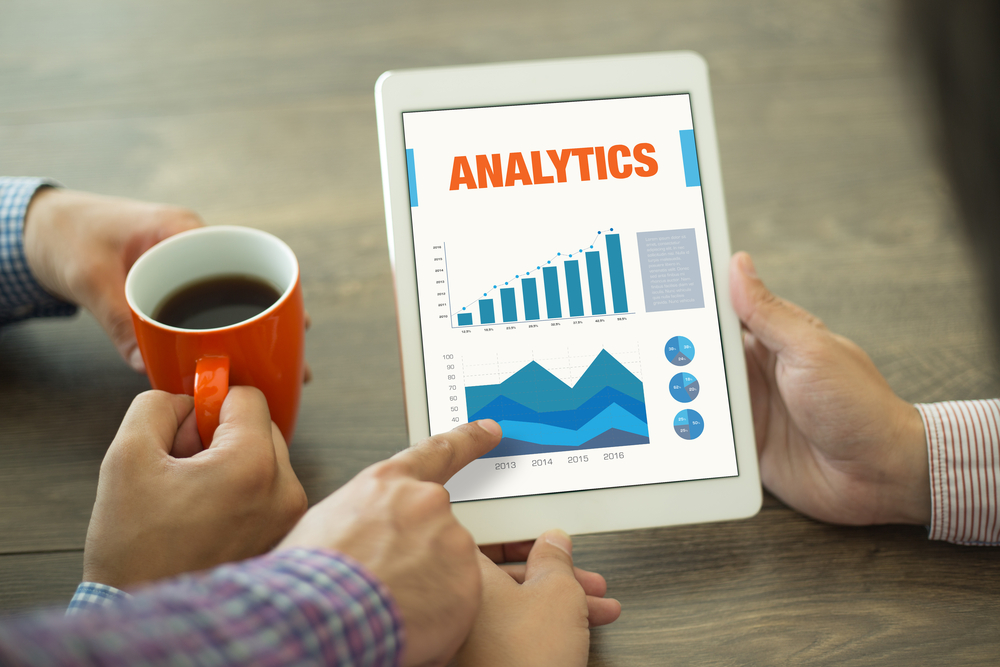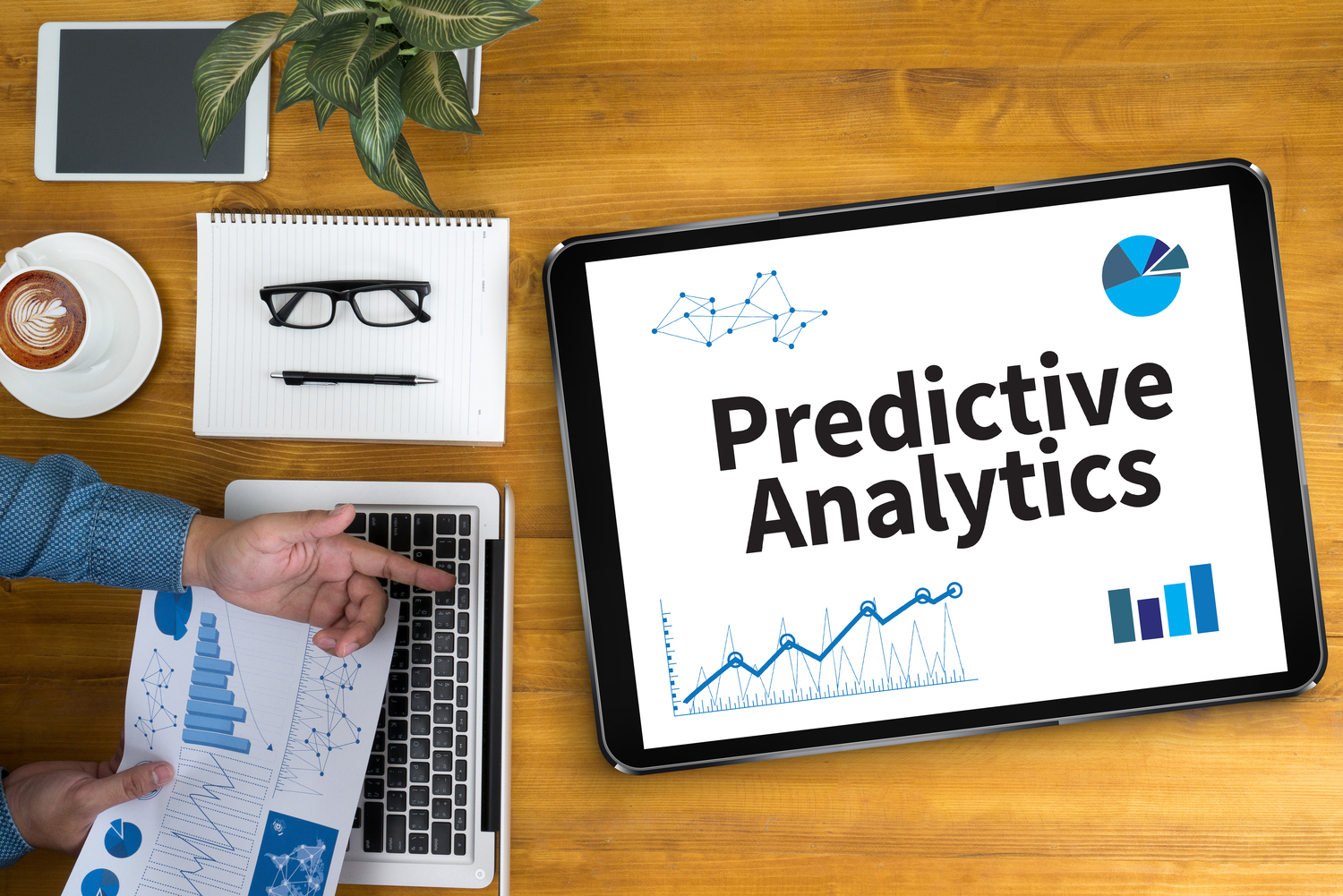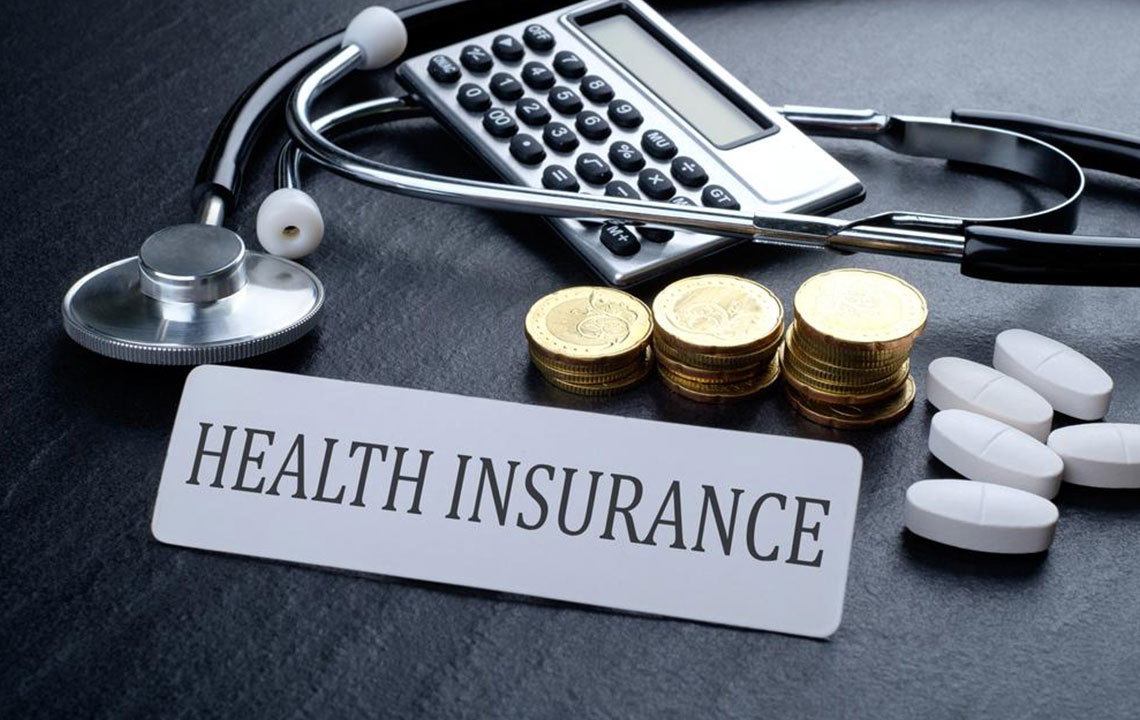In-Depth Look at Predictive Analytics: Transforming Modern Business Strategies
Predictive analytics is transforming modern business operations across industries. From healthcare and finance to transportation and security, data-driven insights enable organizations to predict trends, improve safety, and optimize performance. This comprehensive guide showcases key examples of predictive analytics's vital role in strategic decision-making and operational efficiency.
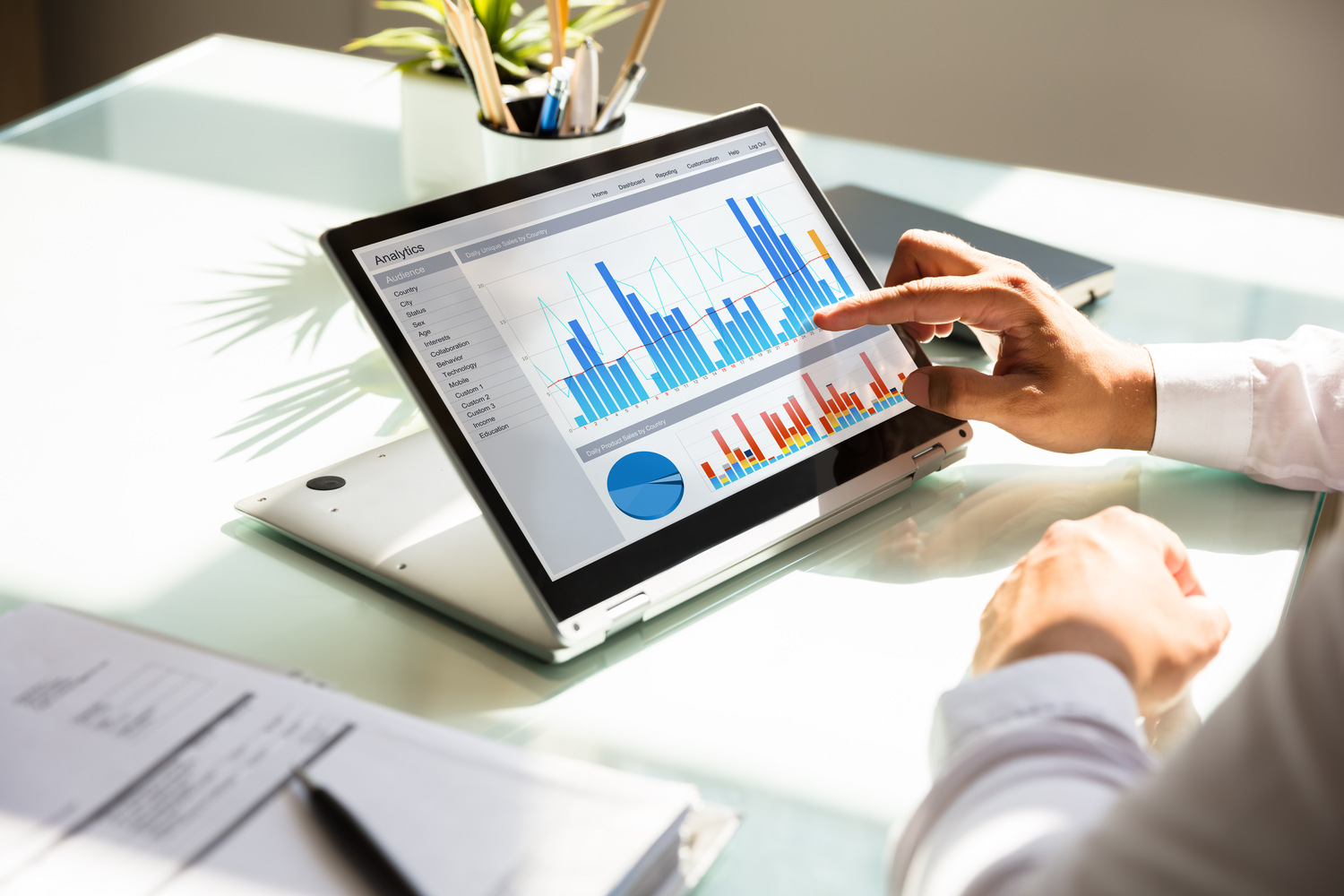
Comprehensive Examples of Predictive Analytics in Today's Business Landscape
Predictive analytics has emerged as an essential technology, revolutionizing how businesses and organizations anticipate future trajectories and make data-driven decisions. By analyzing historical and real-time data, predictive analytics helps forecast trends, optimize operations, and mitigate risks across multiple sectors. From healthcare to transportation, its impact is widespread, enabling smarter strategies and enhanced efficiency.
One of the most prominent examples of predictive analytics in action is Google Flu Trends. This innovative project utilized vast amounts of search engine data to monitor and predict flu outbreaks globally in real-time. Such an approach allows health agencies and governments to respond proactively, allocate resources effectively, and implement targeted public health measures. This is just one illustration of how predictive analytics can positively influence public health initiatives.
Furthermore, predictive analytics plays a crucial role in weather forecasting, allowing meteorologists to improve the accuracy of forecasts by integrating historical weather patterns with current atmosphere data. Insurance companies employ predictive models to set premiums more accurately based on individual risk profiles. In the financial sector, especially in stock market trading, predictive analytics is used to identify potential investment opportunities and mitigate risks, helping traders make informed decisions amidst market volatility.
Moving into the retail industry, businesses leverage predictive analytics to forecast customer demand, personalize marketing campaigns, and optimize inventory management. By understanding consumer behavior patterns through data analysis, companies can improve customer satisfaction and loyalty, ultimately increasing sales and profitability. Governments and law enforcement agencies increasingly depend on predictive analytics to optimize resource allocation, improve crime prevention strategies, and safeguard communities.
How Social Media Platforms Leverage Predictive Analytics
Major social media platforms like Facebook utilize sophisticated predictive analytics algorithms to personalize user experiences. By analyzing user interactions such as shared content, likes, comments, click patterns, and time spent on various posts, these platforms curate news feeds tailored to individual preferences. This personalization boosts user engagement, enhances retention, and creates targeted advertising opportunities, which are vital for monetization strategies.
Predictive Analytics in National Security and Law Enforcement
Intelligence agencies such as the NSA use predictive analytics to enhance national security efforts. They analyze data gleaned from social networks, communication records, and other sources to identify potential threats. This approach, known as Automated Suspect Discovery, helps law enforcement agencies proactively identify individuals likely involved in criminal activities, thus improving crime prevention and response mechanisms.
Transportation Sector’s Use of Predictive Data for Efficiency
Ride-sharing companies like Uber apply predictive analytics to streamline their operations. By analyzing data related to nearby business activity, governmental offices, and industrial zones, Uber can estimate passenger destinations with approximately 74% accuracy. This predictive capability allows the platform to optimize route planning, reduce wait times, and improve overall customer satisfaction, which are critical for competitive advantage in the ride-hailing industry.
Enhancing Booking and Reservation Systems with Predictive Analytics
Airbnb utilizes predictive analytics to forecast the likelihood of host acceptance for booking requests. This predictive insight has led to a roughly 4% increase in booking conversions. Considering Airbnb processes about 12 million stays nightly, this improvement translates into substantial revenue growth and better user experiences, highlighting the economic benefits of adopting advanced analytics models.
Predictive Analytics for Workplace Safety in Energy Sector
Shell, a leading oil and gas company, employs predictive analytics to reduce workplace accidents. By monitoring employee engagement levels and safety data, Shell discovered that a 1% rise in engagement correlates with a decrease of about 4% in safety violations. This insight allows Shell to implement targeted safety initiatives, foster safer work environments, and minimize operational risks.
Maritime Industry and Risk Management
The maritime industry integrates predictive analytics to prevent accidents and enhance operational safety. Platforms like RightShip analyze vessel data to assess accident risks, enabling shipping companies to select safer routes and vessels. Identifying vessels with higher risk profiles allows for better resource allocation and operational planning, significantly reducing the likelihood of maritime disasters and protecting crew and cargo.
